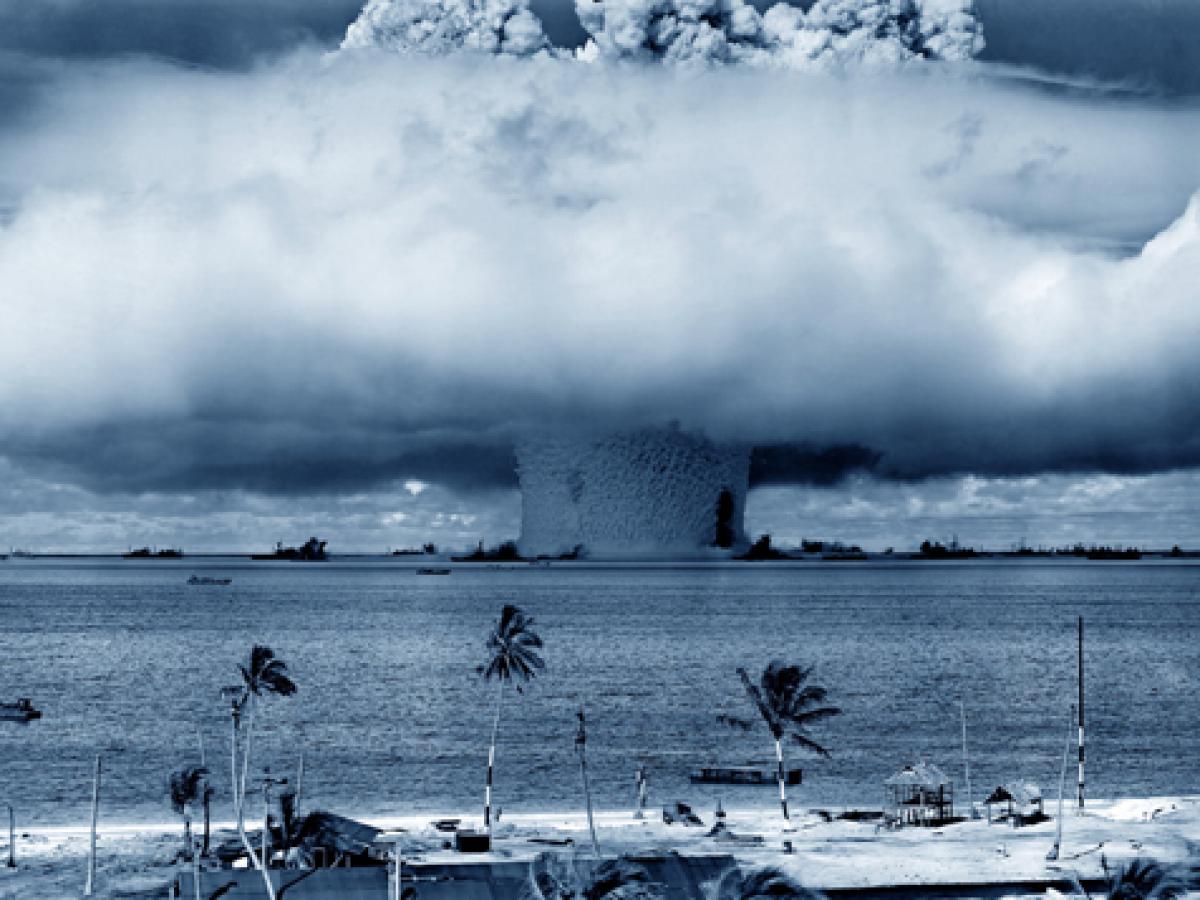
NATO's lost atomic bombs threaten the world

According to international experts, the world has returned to the Cold War, but this time, the state of affairs is even more dramatic than it used to be.
Airplanes with nuclear warheads on board are on duty again, like 30 years ago. The danger of such flights lies not only in the possible use of nuclear weapons. Nuclear bombs may go missing, as it had repeatedly happened in the past.
Atomic bombs for Spain
Several years ago, a Canadian diver, while diving into the sea near the Haida Gwaii archipelago, was horrified to find something that looked like an air nuclear bomb. The diver was right. In 1950, an American B-36 bomber was forced to jettison an atomic bomb into the Pacific Ocean due to a fire on board.
This case may seem to be outrageous, but that was not the only nuclear bomb that had been lost in the world over the years. According to official data, about 50 nuclear warheads are considered missing.
The US military had lost nuclear bombs more often than others. On January 17, 1966, a American KС-135A tanker aircraft was supposed to refuel a B-52 bomber in midair. A seemingly standard operation was taking place in the skies over the Spanish village of Palomares. However, something went wrong, and the two airplanes collided with each other.
The bomber aircraft had four 1.5-megaton hydrogen bombs on board. Fearing that the airplane could explode, the pilot jettisoned them to the ground. Four of the seven crew members managed to eject, and in the next instant, an explosion blew the bomber aircraft apart.
Technically, all the four hydrogen bombs should have been parachuted down to the ground safely. In reality, however, everything happened differently. One of the bombs fell into the sea a few kilometers off the coast of Spain. Eighteen ships of the US Navy had been looking for the bomb for three months.
What happened to the other three? One of them into a local river, while the other two simply crashed onto the ground as their parachutes failed to open up. They crashed into the ground at a terrifying speed, and if they had exploded, Spain would have been wiped off the face of the Earth. Unfortunately, TNT detonated, which triggered an explosion of the so-called "dirty hydrogen bomb".
The Americans had to spend more than $80 million for the works to decontaminate the area, let alone compensations to the Spanish authorities. To calm down the local population, the US ambassador demonstratively swam in the waters on the beach near the village. However, the radiation background in this region is still significantly higher than normal.
The case that we described above was a tragic coincidence of circumstances, but another story that occurred in 1965 was based on nothing but criminal negligence. Due to the violation of operating conditions, an A-4E Skyhawk attack aircraft with a hydrogen bomb on board slid from the deck of the Ticonderoga aircraft carrier and drowned. The Americans decided not to recover the aircraft from a depth of almost 5,000 meters.
According to official statistics, atomic bombs of NATO countries had been lost in Alaska, Japan, Greenland, and in the waters of the Mediterranean.
In addition to the lost nuclear devices, sunken submarines with nuclear reactors on board rest on the sea floor in different parts of the World Ocean. A large-scale environmental disaster may therefore occur at any time.
There is an urgent need to search and recover the lost atomic bombs and nuclear submarines lying on the seabed, until it is too late.